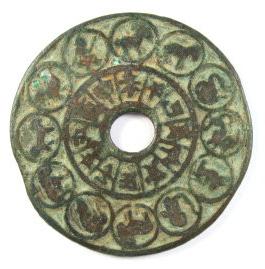A tear-off calendar is a small encyclopedia for every day
In ancient Rome, the first days of each monthwere called calends. These days, the debtors went to the lenders to pay monthly interest. About what they made records in books, called calendars. So initially to the calculation of the days they had nothing to do with. And even more, no educational function was carried.
In Russia, for a long time, the monthly calendar was used - in fact, the church calendar, in which, in addition to the days of memory of the saints and the circle of church holidays, in fact, there was nothing.

But, alas, this distant ancestor, who inrelatives modern tear-off calendar, the people closer did not. In 1727, the capital's (St. Petersburg) Academy of Sciences took over the exclusive right to publish it. Calendars were published in small editions, each of which was intended for a certain estate in content, and not everyone could afford it.
The second birth of the calendar occurred at the end of XIXcentury and is associated with the name of the entrepreneur, book publisher and enlightener Ivan Sytin. By that time, the monopoly on the publication of calendars was over, and Sytin immediately seized on the brilliant idea. "Universal Calendar", presented to them at the Nizhny Novgorod exhibition in 1884, made a splash. In fact, each Russian family could, at an affordable price, buy a universal reference book for all occasions.
Having listened to Leo's remarks and adviceTolstoy, Sytin introduced many corrections to his calendar, the direct heirs of which are all modern tear-off calendars. The subsequent success of the publication was staggering. From 1885 to 1916 in the Russian Empire, where only one third of the population was considered literate, the circulation of the calendar grew from 6 to 21 million copies. This edition was truly popular: it was carefully stored on a par with the Bible, on it they learned to read.

Silent, but powerful evidence of his popularity- thick shared notebooks, in which our grandparents, moms and dads annually pasted scraps from torn pages-days: useful tips and recipes, patterns and patterns of knitting, children's poems and fairy tales.

There are even special programs for smartphones,scrupulously, with all the inherent details recreating the image, which had a tear-off calendar in those days when it was read on a sixth of the land!







